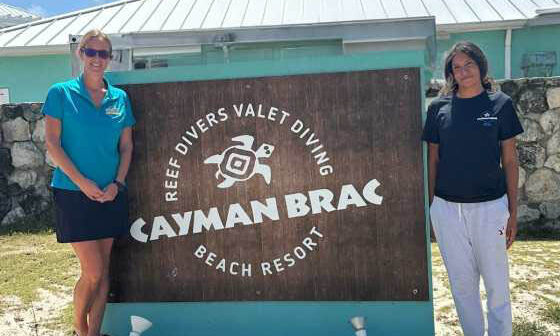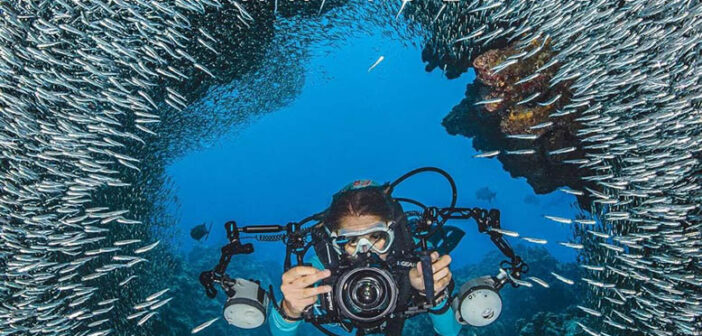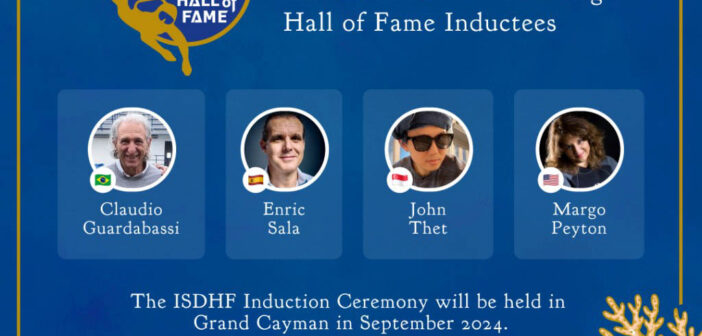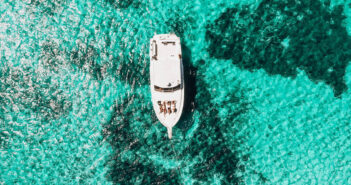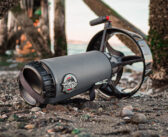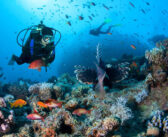The Scuba News Cayman Islands
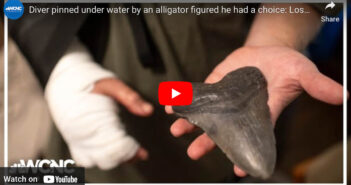
Scuba Diver In South Carolina Attacked by Alligator
Struggling for breath and trapped beneath the surface of the Cooper River in South Carolina,…
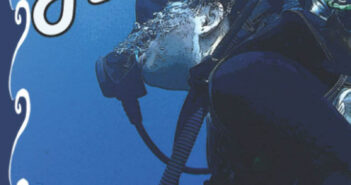
Chronicles of a Mermaid: Scuba Diving and Backpacking in Southeast Asia
A brand new scuba diver. A one-way ticket to Southeast Asia. A lot of fear…

Who Was Charles Francis Hall?
Visions of the North, Public domain, via Wikimedia Commons Charles Francis Hall (c. 1821 – November…

Chris’s Chats: Getting Scuba Certified in 2024
For those interested in taking up scuba diving. Some tips from Chris Foisey We’ll be…
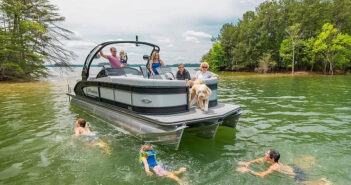
The Pros and Cons of Pontoon Boats
This is the second in our series designed to help you choose the boat type…
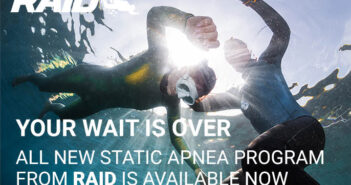
It’ll Take Your Breath Away
Image copyright: RAID RAID Static Apnea Program We are thrilled to announce the launch of…
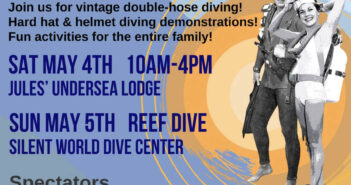
History Of Diving Museum Presents: Vintage Dive Weekend
Photo via Twitter Vintage Dive Weekend is Back. Join the History of Diving Museum and…

1,000 Perfect Weekends: Great Getaways Around the Globe
Packed with innovative ideas and inspiring photographs, this gift-worthy treasury features 1,000 dream escapes from…

Deep Descent: Adventure and Death Diving the Andrea Doria
On a foggy July evening in 1956, the Italian cruise liner Andrea Doria, bound for New…
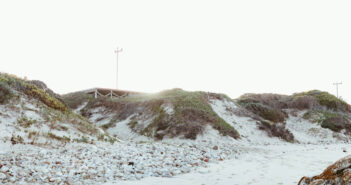
Investigation Underway: Two Bodies Found in Separate Incidents in Gqeberha
The Gqeberha police department is currently conducting investigations into the discovery of two bodies in…
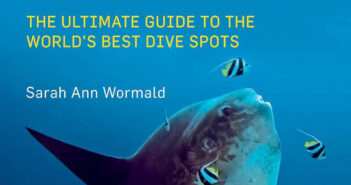
Diving in Indonesia: The Ultimate Guide to the World’s Best Dive Spots
Diving in Indonesia is a fully comprehensive diving guidebook for exploring the most notable areas of…
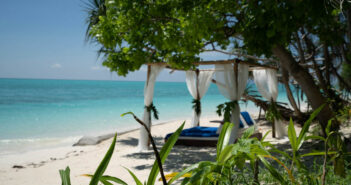
Discover the Philippines’ Dive Paradise: Liveaboard Travel Deal This Week
Embark on an extraordinary diving adventure amidst the stunning islands of the Philippines with this…
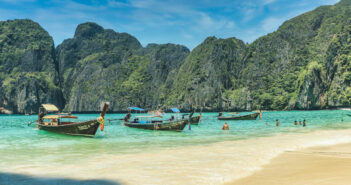
Explore Thailand’s Underwater Treasures: Liveaboard Travel Deals This Week
Embark on an unforgettable diving adventure in the stunning waters of Thailand with these exclusive…
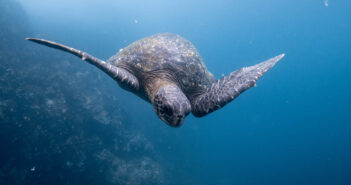
Explore the Galapagos: Liveaboard Travel Deals This Week
Embark on an extraordinary diving adventure in the captivating Galapagos Islands with these exclusive liveaboard…
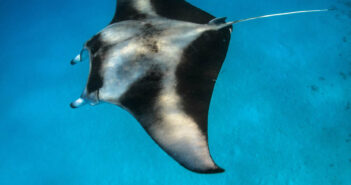
Discover Paradise: Maldives Liveaboard Travel Deals This Week
Embark on a journey to explore the mesmerizing underwater world of the Maldives with these…
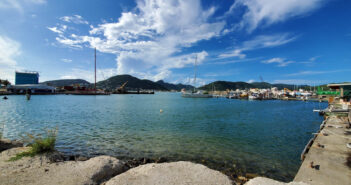
Dive into Caribbean Paradise: St. Maarten Liveaboard Deals This Week
Experience the Caribbean’s vibrant marine life and stunning underwater landscapes with these exclusive liveaboard travel…

Explore Indonesia’s Underwater Paradise: Liveaboard Travel Deals This Week
Get ready to embark on a diving journey like no other in the breathtaking waters…
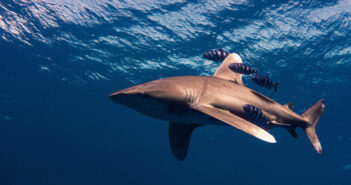
Discover Red Sea Wonders: Liveaboard Travel Deals This Week
Are you ready to embark on an unforgettable underwater adventure in the mesmerizing Red Sea?…
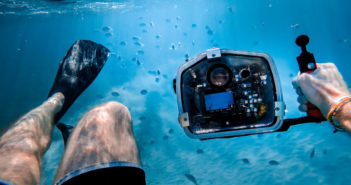
Exploring Underwater Photography: Tips for Capturing the Perfect Shot
Underwater photography is a mesmerizing realm where the laws of light and composition dance in…
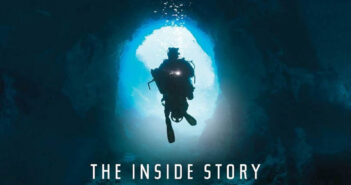
Aquanaut: The Inside Story of the Thai Cave Rescue
The enthralling inside story of the Tham Luang cave rescue in Thailand—told by the leader…


